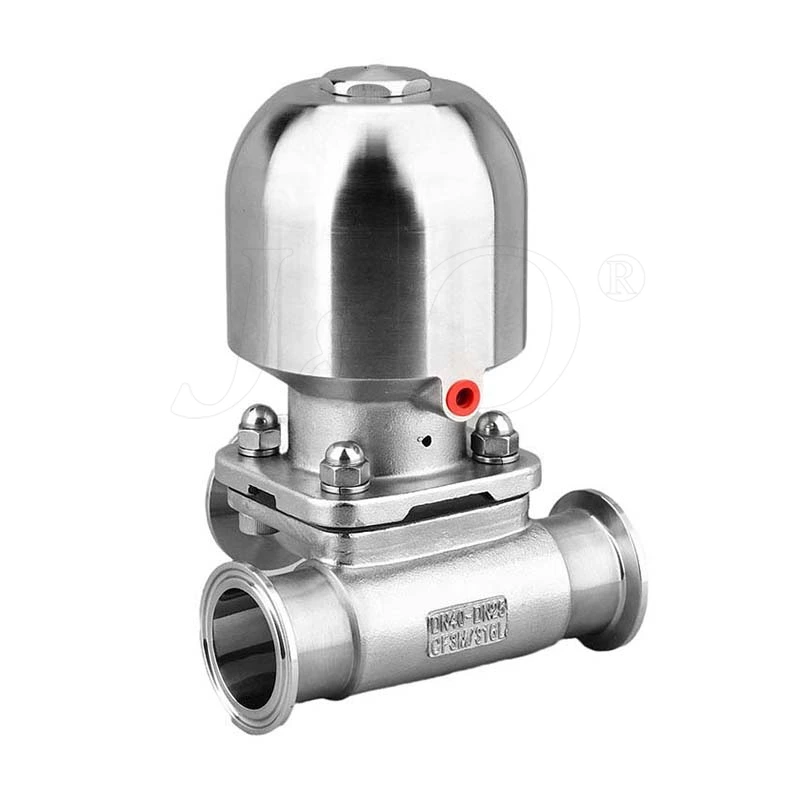Sanitary Diaphragm Valves Require Regular Inspection And Cleaning To Ensure Their Normal Operation
Sanitary Diaphragm Valve is a valve used to control fluids and is widely used in the pharmaceutical, food, beverage, cosmetics and other industries.
In the design of tri clamp diaphragm valve, many factors need to be considered, such as material selection, sealing structure, valve body shape, etc. In addition, the manufacturing process of 3 way sanitary diaphragm valve is also very important, and the accuracy and quality of each component need to be guaranteed to ensure the reliability and stability of the valve.
The application range of hygienic diaphragm valve is very wide, including liquid delivery, gas delivery, steam delivery, etc. In the pharmaceutical, food and other industries, tank bottom diaphragm valve are widely used to transport high-purity medicines, foods and other substances to ensure product quality and safety.
Due to the high requirements of its application occasions, higher requirements are also put forward for maintenance. This article mainly introduces the common faults and solutions of sanitary diaphragm valves.
1. Fault analysis
Leakage: This is one of the common problems, which may cause sealing failure due to aging or damage of the material.
Valve core blockage: If large particles flow through the pipeline in the closed state, it can cause blockage. In addition, solidification can also occur under low temperature conditions.
The handle cannot rotate or is not flexible: usually caused by friction between the handle and the bearing or coating wear.
Air leakage: Sometimes too high pressure or other reasons will cause the compression spring to deform, and eventually affect the product performance and cause leakage problems.
2. Maintenance methods
Regular inspection and cleaning: Sanitary diaphragm valves need to be regularly inspected and cleaned to ensure their normal operation. If the material is found to be aged or damaged, it should be replaced in time.
Regular lubrication: During use, it is necessary to regularly add lubricating oil to the bearings and other moving parts of the valve to ensure its normal operation and reduce the wear caused by friction.
Correct operation: The sanitary diaphragm valve must be installed correctly to ensure its normal operation. If necessary, consult the manufacturer and install, use and maintain it according to the instructions.
Reliability test: After major changes or overhauls to the product, it is recommended to conduct a reliability test to ensure that it meets the design specifications and there are no faults.
